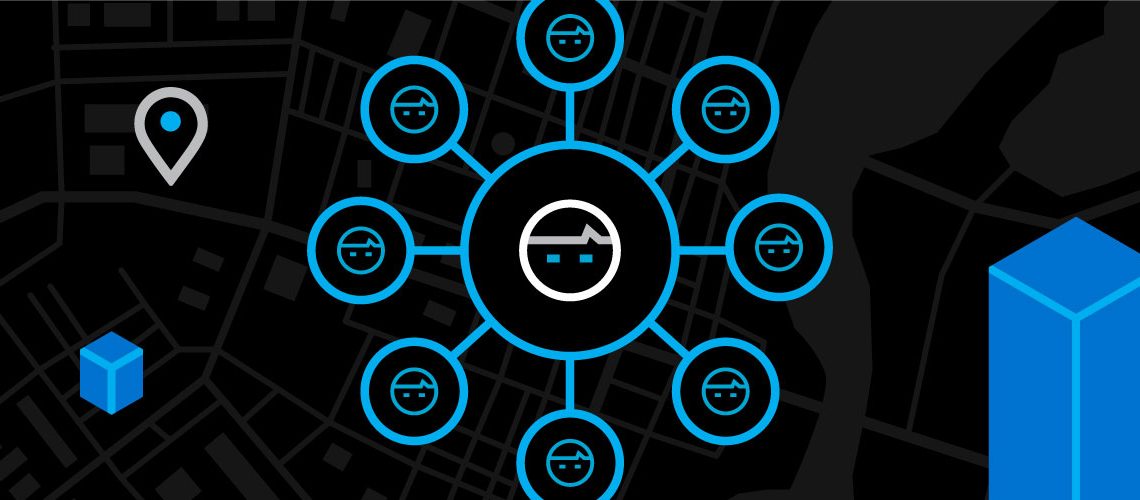Depending on what type of incident you are experiencing, FEMA (or the Federal Emergency Management Agency) outlines that effective crisis communication can accomplish any of the following:
- Most critically, it can save lives and prevent serious injuries. Informing the public of safety measures that can prevent death or harm is the most valuable benefit of effective emergency communication.
- It can also:
- Protect personal property and the local environment. For small business owners especially, gaining insight as to how to protect their property can protect their livelihood and financial future.
- Facilitate an actionable response by reducing stress and managing expectations. People who are well-informed are more likely to follow instructions and support first responders in accomplishing their jobs.
- Educate, inform, and shift citizens’ actions and attitudes. An educated public is more likely to prepare for emergencies ahead of time.
- Seek your local community’s cooperation. Whether you require volunteers as helping hands, need citizens to cooperate with investigators, or want to urge residents to evacuate their homes, public emergency communication is a tool to make it happen.
- Build trust. Providing frequent, accurate information instills trust in your local municipality’s competence.
- Provide information to help families reunite. Readily available information about shelter message boards, hotlines, survivor registries, and other resources can start the recovery process sooner.

It’s essential to be prepared to handle this unique type of communication. The best way, of course, is to practice, practice, practice. Be sure your emergency response plan factors in how, where, and when you will communicate with local business owners, organizations, and individuals in your community.
The FEMA training guide we linked above is a helpful resource when it comes time to create or refine your emergency communication plan. We also encourage you to keep these 4 tips in mind:
Plan for Barriers to Communication
Every crisis communication plan should take into account that people will not hear or understand messages as easily when an emergency is at their doorstep — or when it has already occurred.
Stress, a marked change of routine, extreme weather, and even a lack of sleep could pose hurdles for your local residents as you seek to inform or educate them. Plan ahead for it by making messages clear and easy to understand. Repeat them frequently through highly public channels, such as radio, TV, websites, and social media. Remember how psychological distress could be shaping how your message is perceived.
Be Quick to Respond
- Circulating the correct information
- And correcting the misinformation that has already spread
As part of your incident management practice, plan how to quickly make use of each communication channel — especially those traditional channels which take more time to update.
For example, FEMA notes that if an event occurs at 3:00 p.m., you can most likely get it on social media and the radio immediately, on television in time for the 5 o’clock news, and into the next morning’s edition of the local paper.
With an incident management software like Verity IMS, you can quickly disseminate information to every local business owner and user through easy-to-use notification features. Unique to Verity is the ability for two-way communication. While you update your community, they also update you — giving you up-to-the-minute information on what they are experiencing and how they are responding.
Emphasize a Clear Desired Response
Emergency communication is different from other community-wide communication efforts because of its specific purpose: to elicit a clear response from the community, not just raise awareness or provide information.
Before you distribute a message before or during an emergency incident, be sure you know exactly what you want the community to do. Information with no specific call to action causes confusion and can even be dangerous if that confusion prevents actions that could save a life or lessen the impact of financial or bodily injuries.
Keep messages succinct. Provide only factual information and close every message with a simple call to action. When you remember our first tip, you know that’s the best way to ensure your message is making an impact even in the midst of stressful situations.

Use Incident Management Software to Manage Communication
Once you understand how and when to communicate in an emergency, an incident management software can streamline how it reaches those people who need it most. Verity IMS has a unique focus on supporting those organizations and businesses in your community that can give you invaluable insight during each stage of the incident management cycle. You’ll learn how leaders in your community are reacting and adapting to the incident, which can inform how you do the same.
You need the right tools in place to make emergency communication effective. For more information about how Verity IMS can help your community be ready for the next natural disaster, economic event, or other emergency, contact us to schedule a free demo.

